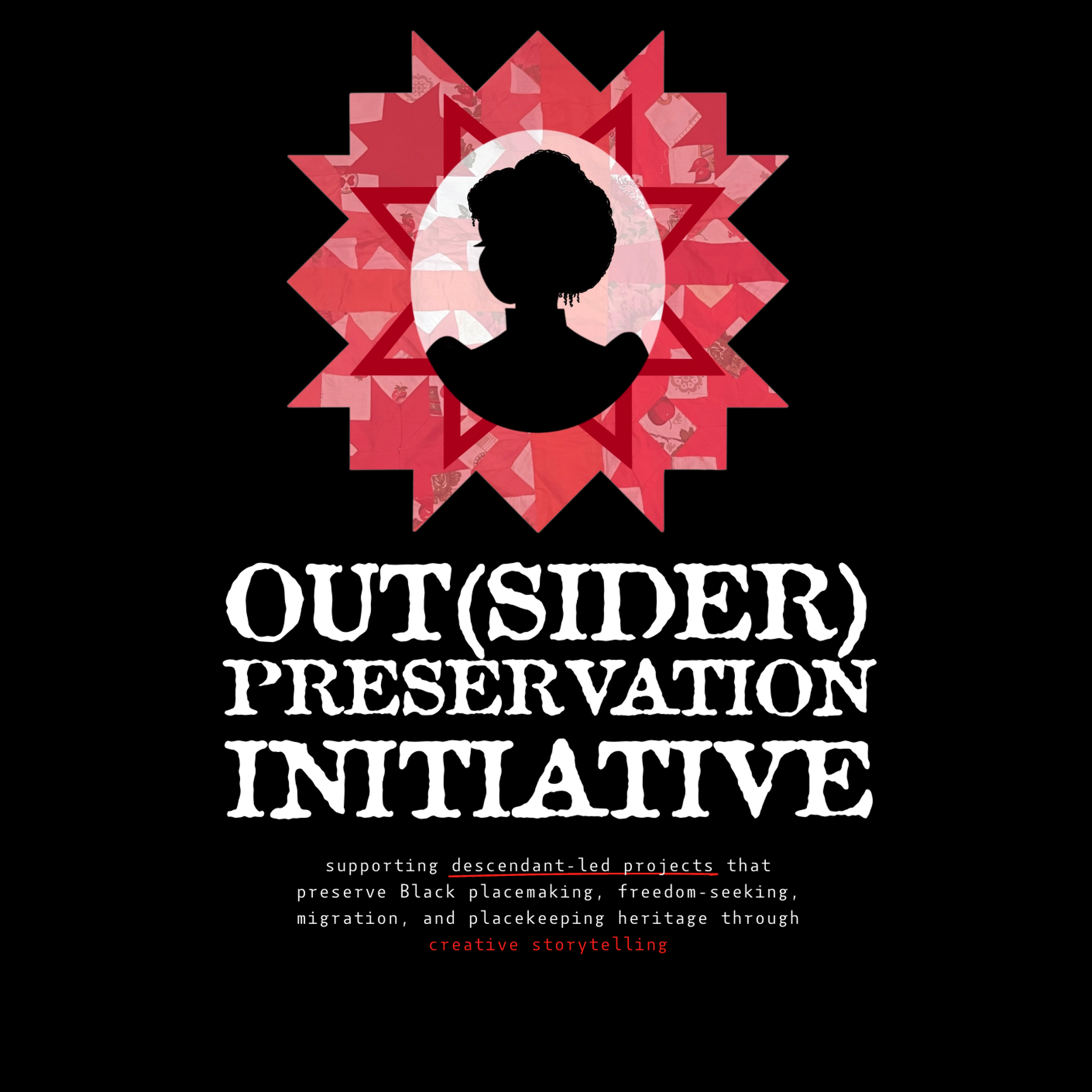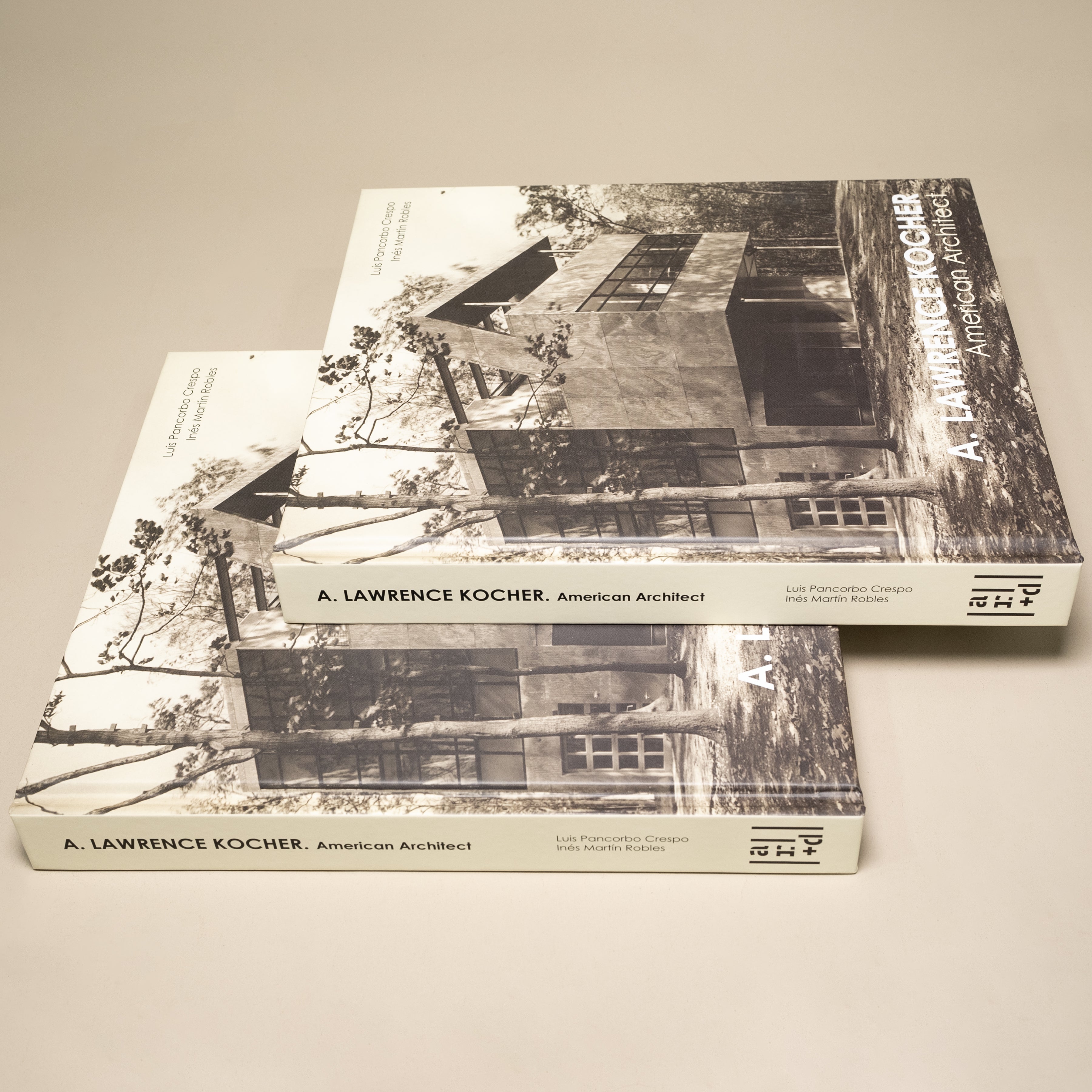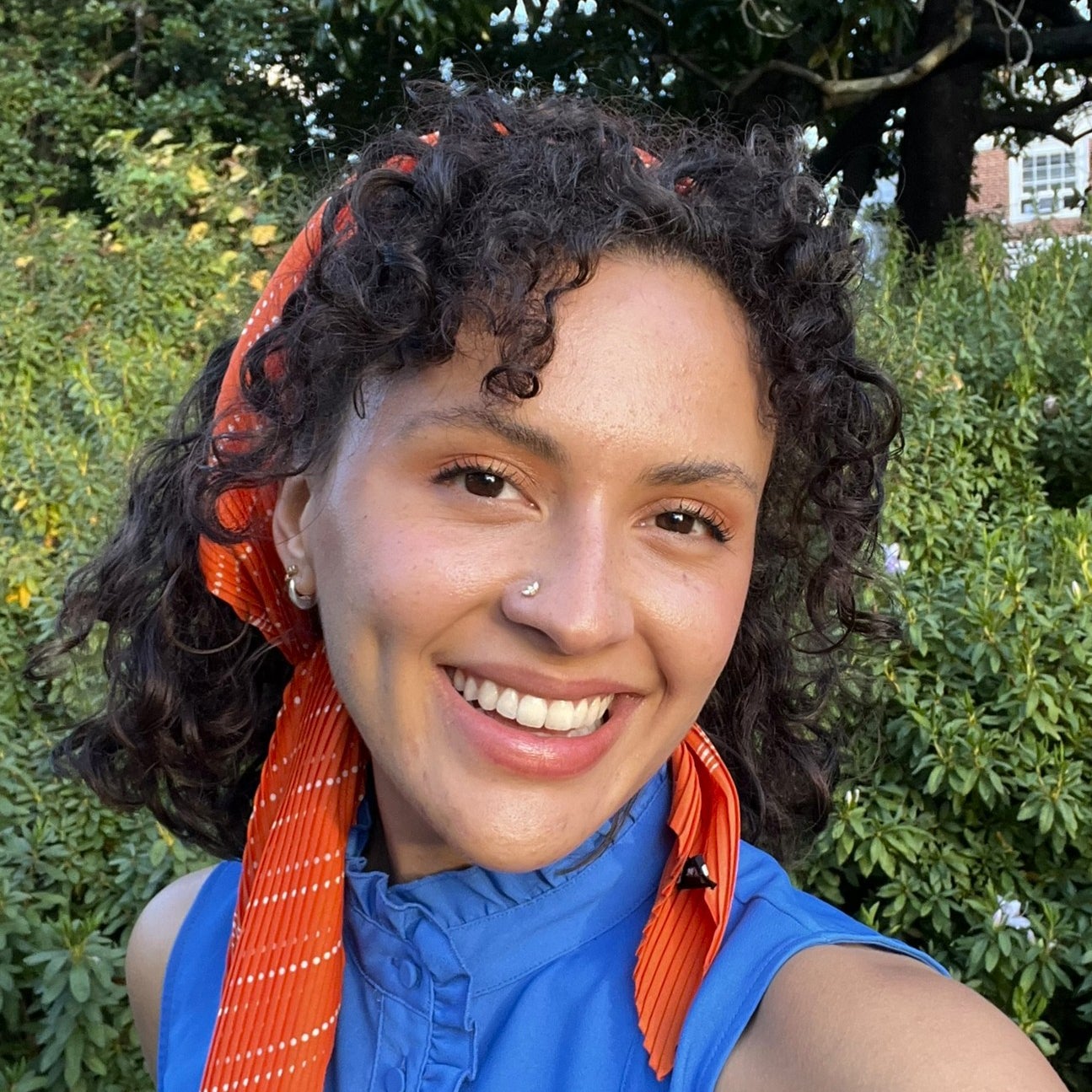
2025 STUDENT TRAVEL FELLOWSHIP RECIPIENTS
The School of Architecture congratulates the recipients of the 2025 Student Travel Fellowships for their pursuit of advanced scholarship in design studies. These awards support independent research projects and include a total of $51,500 in funding.
BENJAMIN C. HOWLAND TRAVEL FELLOWS
Ruth Shatkay, MLA '26
Cate Southwell, MLA '26
|
Image

|
Image

|
|
Image

|
Image

|
| Plan diagrams (left) and collages (right) by Ruth Shatkay from her fall 2024 LAR 7010 project, which proposed new relationships between the landscape and human uses in a Charlottesville parking lot. Instructors: C.L. Bohannon and William Shivers. © Ruth Shatkay | |
The Howland Travel Fellowship supports focused research investigation and documentation of landscape or place, especially related to issues in the public realm. In 2025, the fellowship was awarded to two graduate landscape architecture students, Ruth Shatkay and Cate Southwell.
How can small, young trees shape memorable aesthetic experiences? This is the core question Ruth Shatkay will explore through the study and observation of three public tree nursery parks in Latin America. The sites, including Viveros de Coyoacán (Mexico City, Mexico), Parque Ibirapuera (São Paulo, Brazil), and Parque General San Martín (Mendoza, Argentina), are imbued with salient disciplinary questions of materiality, labor, and resource management. Shatkay will reconsider approaches to planted form, productive landscapes, urban forestry, and recreation. To this end, she will observe and document the relationships between landscape elements and human uses of these sites so as to expand contemporary conversations about how we plant, design, and work with trees.
...
For her Howland Fellowship, Cate Southwell will study how architect Carlo Scarpa's designs facilitate deliberate spatial decision-making. Focusing on three of Scarpa's works—Brion Cemetery, the Querini Stampalia Foundation, and the Museo di Castelvecchio—Southwell will investigate how asymmetry, sensory shifts, and directional cues shape the visitor experience. Through site observations, sketching, mapping, and archival research, her project aims to reveal how Scarpa's landscapes invite active engagement and attunement to the rhythms of movement, material, and time.

CARLO PELLICCIA TRAVEL FELLOW
Terese Gibas, MArH '26

Terese Gibas, a Master of Architectural History student at the School of Architecture, has been awarded the Carlo Pellicia Traveling Fellowship to support her research on the memory and legacy of the Esposizione Universale Roma (EUR), a district in Rome originally designed under Italy’s Fascist regime. Her work will examine how the EUR’s architecture has been preserved, altered, or reinterpreted in post-Fascist Italy, investigating the role of memory politics in historic preservation. By engaging with Italian architects and historians, conducting site surveys, and researching archival materials, Gibas aims to explore how sites with problematic histories are understood today and how their narratives could be more critically presented to the public.
The Pelliccia Travel Fellowship supports an independent study abroad, primarily located in Italy.
SARAH MCARTHUR NIX TRAVEL FELLOW
julianna mollica, PhD in the Constructed Environment Candidate
Riley STrand, MArch '26
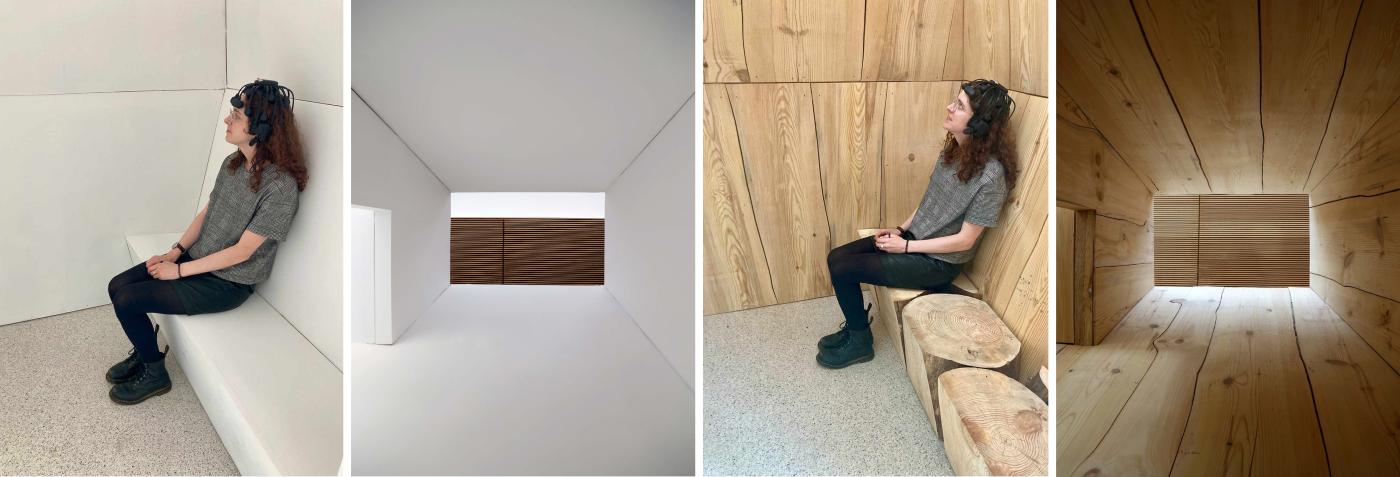
The Nix fellowship, awarded to Julianna Mollica and Riley Strand, supports independent study over the course of a summer in France.
Doctoral candidate Julianna Mollica will travel to Télécom Paris at Institut Polytechnique de Paris to conduct research on biophilic design’s impact on stress recovery, working under the guidance of environmental neuroscience expert Professor Panayotis Mavros. Her study employs a mixed-methods approach, integrating self-reported psychological assessments, mobile electroencephalography (mEEG), and heart rate variability (HRV) monitoring to measure cognitive and physiological responses to natural and nature-inspired design elements in interior spaces. By examining the effects of real and analogous nature on stress recovery, Mollica’s work aims to generate ecologically valid data that inform evidence-based design interventions, with implications for improving mental health in residential settings, particularly affordable housing.
...
For his Nix Fellowship, graduate architecture student Riley Strand will explore the architecture and impact of France’s Fonds Régionaux d’Art Contemporain (Fracs), a decentralized contemporary art initiative that remained largely virtual for nearly two decades before six physical sites were established across the country. These spaces, a mix of adaptive reuse and contemporary design, serve as cultural and architectural landmarks, fostering public engagement with art. Strand’s study builds on his prior research in adaptive reuse and systems thinking, examining how these institutions shape public life through spatial, material, and philosophical interventions. His travel research will document the Fracs’ built and virtual architectures, addressing gaps in existing scholarship and highlighting their relevance to contemporary architectural discourse.
|
Image
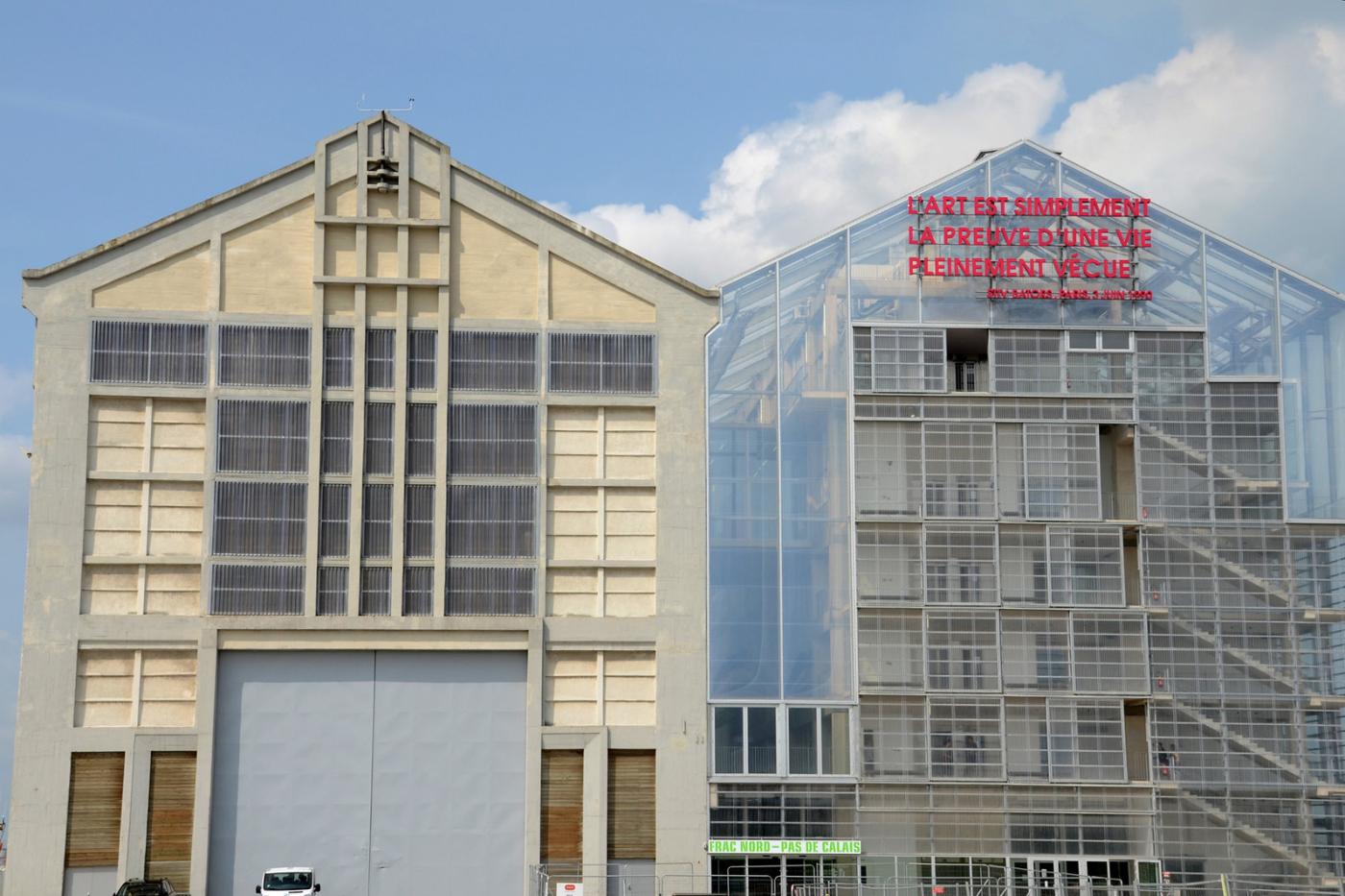
|
Image

|
|
Image
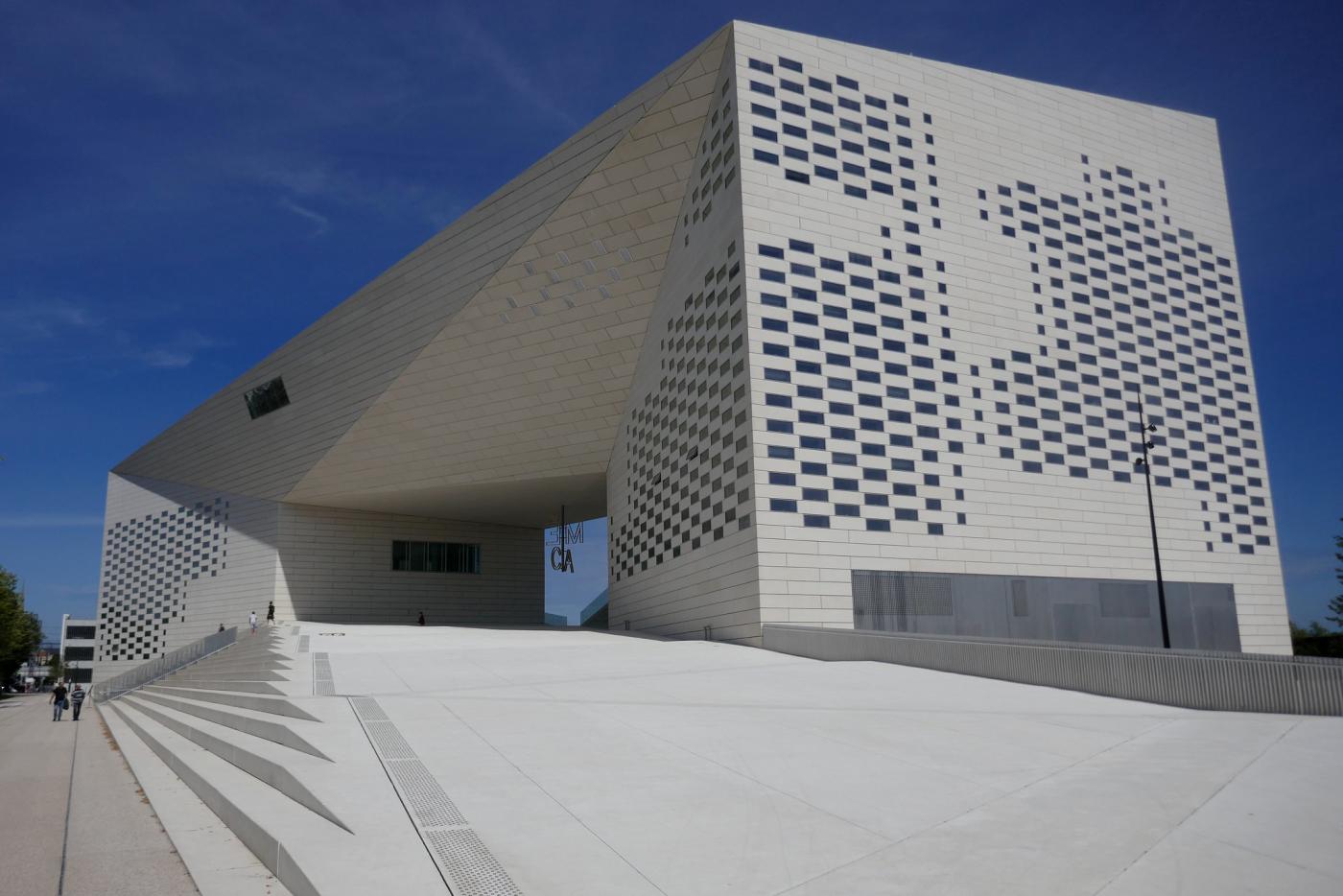
|
Image
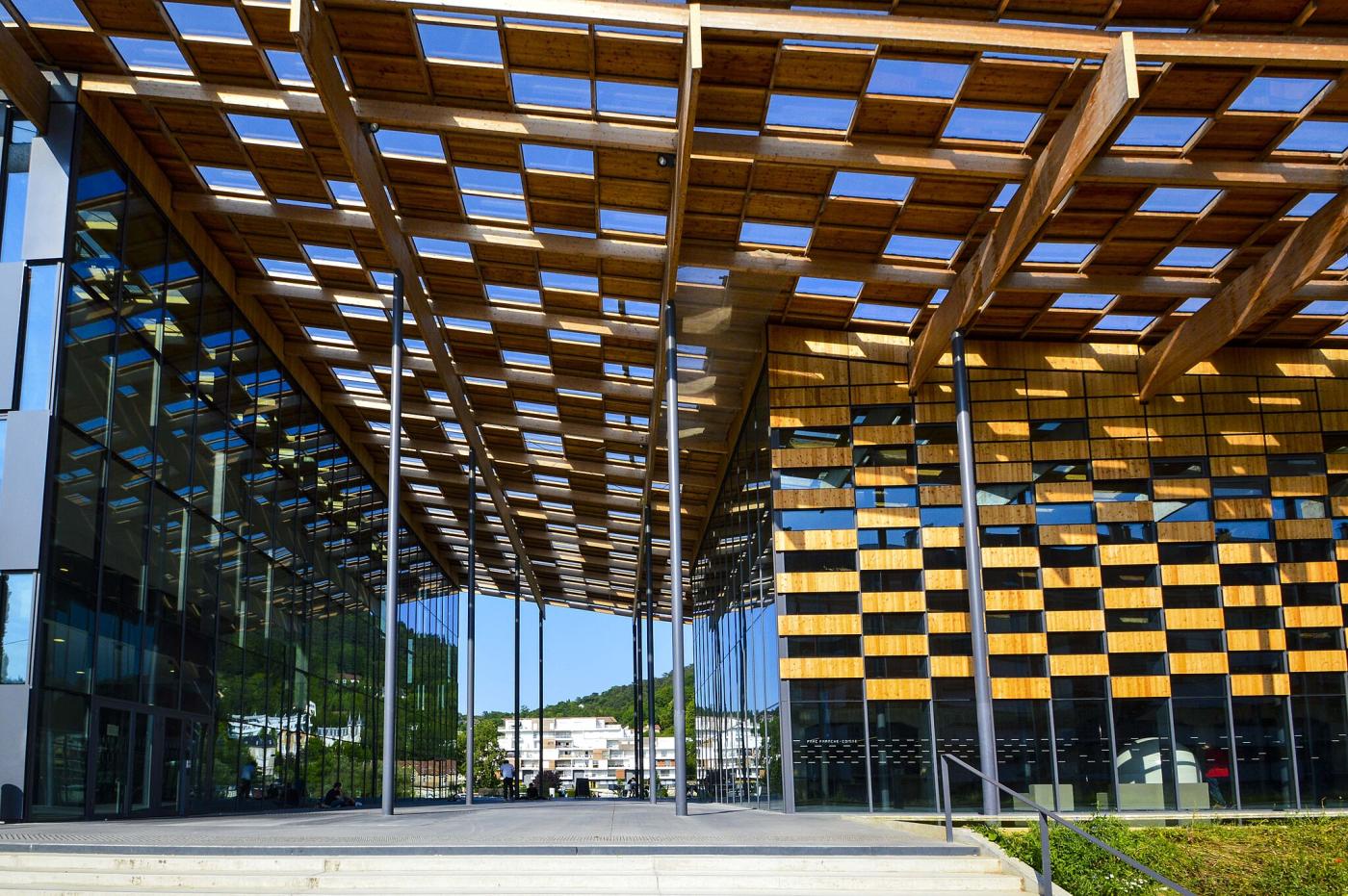
|
| Four of the six Frac sites around France that Riley Strand will visit this summer (clockwise from top left): Frac Grand Large Hauts-de-France in Dunkerque by Lacaton & Vassal, 2013 (photo: Bruno Parmentier), source: Wikimedia CC BY-NC-ND 2.0; Frac Centre-Val de Loire in Orléans, by Jakob + MacFarlane, 2013 (photo: Protolanguage17), source: Wikimedia CC BY-SA 4.0; Frac Franche-Comté in Besançon, by KKA, 2013 (photo: Wikipedro) source: Wikimedia CC BY-SA 4.0; Frac Nouvelle-Aquitaine MÉCA in Bordeaux by BIG + Freaks, 2019 (photo: Bernard Blanc), source: Wikimedia CC BY-NC-SA 2.0. | |
FANZONE TRAVEL AWARD
marisa yamamoto, BS Arch '26

The Fanzone Travel Award supports research travel to perform a summer independent study with a focus on the use of indigenous materials, local construction and fabrication practices.
Marisa Yamamoto’s research focuses on the intersection of architecture, Indigenous culture, and sustainability through her ongoing collaboration with Nis’to INC., a nonprofit led by Dustina Gill of the Sisseton Wahpeton Oyate. Her travel to South Dakota will support the construction of a three-season pavilion designed as a gathering and educational space within a larger effort to restore tallgrass prairie and reintroduce bison. By engaging directly with tribal members and craftspeople, Yamamoto will document traditional Dakotah building techniques, study regional materials, and integrate community input into the co-design process. Her work, conducted under the guidance of Professor Phoebe Crisman, contributes to culturally responsive design and community-driven architecture, with outcomes including a functional pavilion, material documentation, and potential academic publications.
SUSAN NELSON FLEISS TRAVEL SCHOLARSHIP
Cole Rozwadowski, BS ARCH '26
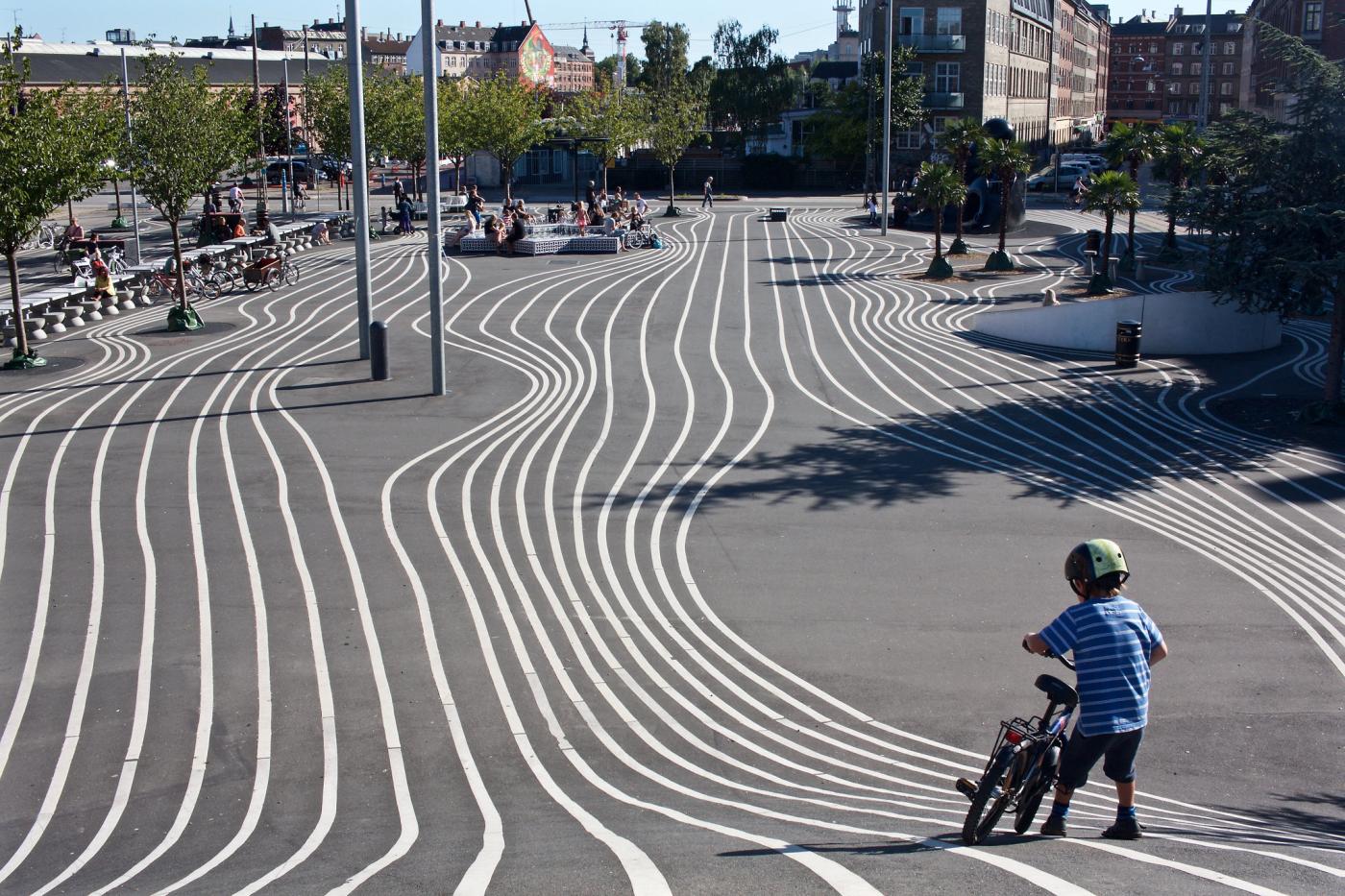
The Fleiss Travel Scholarship supports travel domestically or internationally for the purpose of research, design or personal development. 2025 Fleiss Travel Scholar, Cole Rozwadowski will explore the temporality, materiality, and vernacular construction of public spaces in Northern Europe, focusing on how these elements shape social life and urban development. Through on-site studies in Amsterdam, Hamburg, and Copenhagen, Rozwadowski will examine how historical and contemporary interventions create inclusive and vibrant public realms. Using sketching, reportage illustration, and collage, he aims to document how people animate architecture and how material and infrastructural choices influence public engagement. His research, informed by his leadership in sketch@UVA and involvement with manifestA, seeks to draw connections between European urban models and challenges in the U.S., offering insights for designing more democratic and culturally responsive public spaces.

